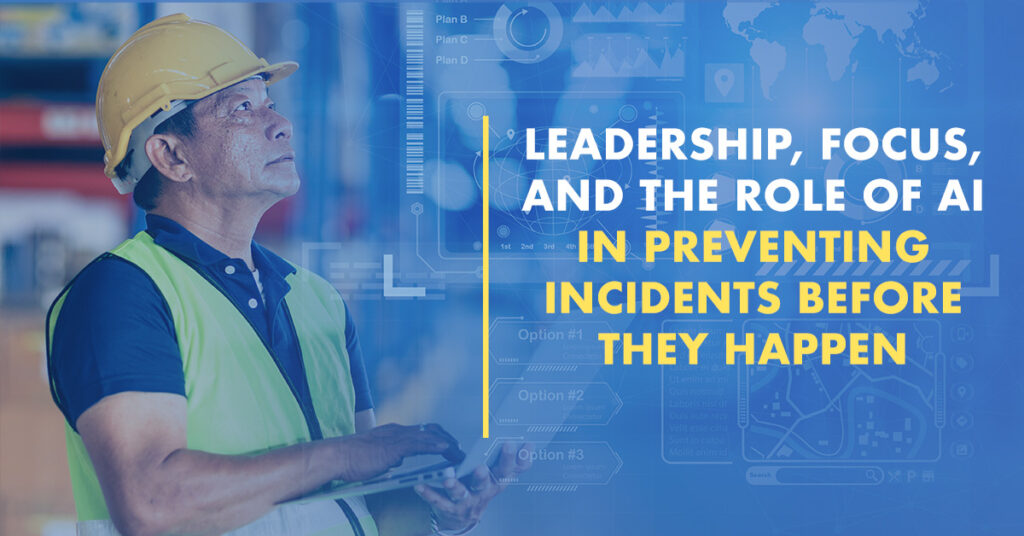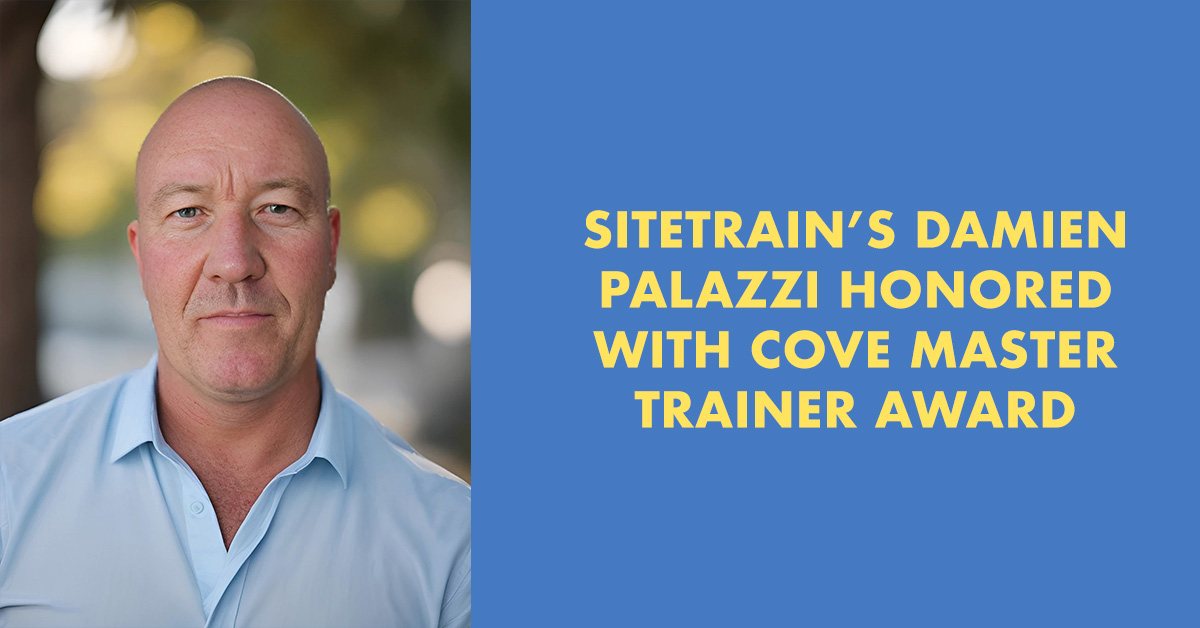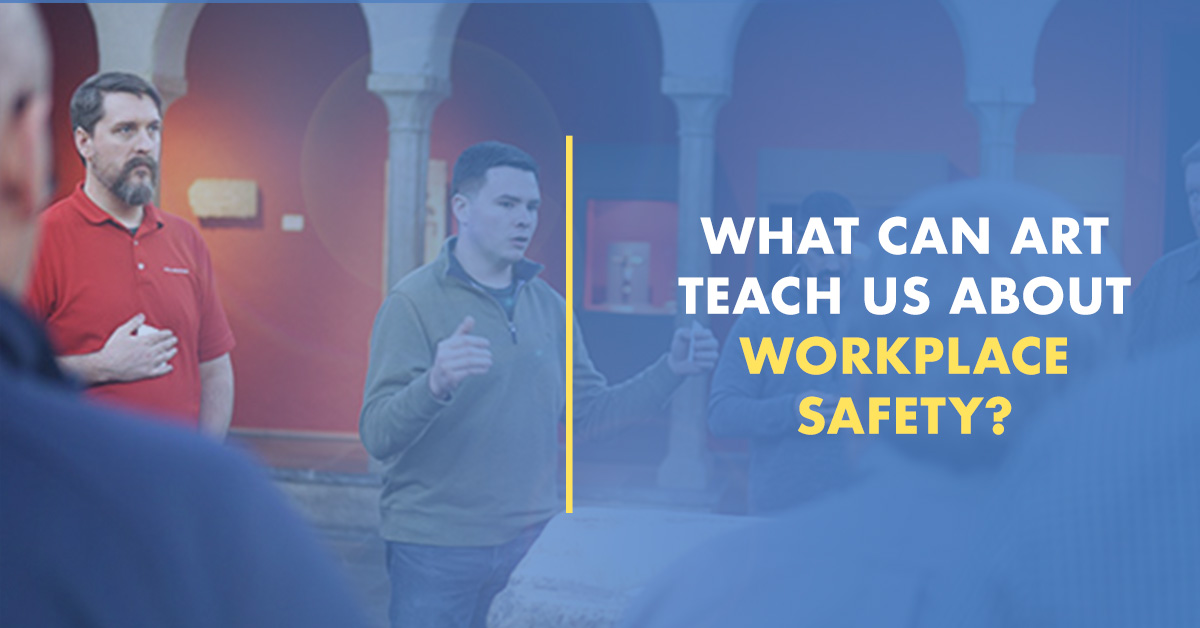In today’s fast-paced, information-heavy work environment, leaders—especially those in safety and operations—face a dual challenge. It’s not just about managing risk or driving performance. It’s about knowing where to focus and making time for what matters most: your people.
Cutting Through the Noise
We’re surrounded by data—checklists, dashboards, inspections, reports, alerts, and incident metrics. The problem isn’t a lack of information. It’s knowing what actually deserves attention.
Great leaders have always had the ability to cut through the noise and zero in on what truly matters. But today, that skill is more critical than ever. With so much coming at us, the danger is getting stuck in reactive cycles—chasing data points without making meaningful progress.
Leadership focus has become a performance driver. It’s not about doing more—it’s about seeing more clearly, prioritizing what’s most relevant, and acting with confidence.
Time: The Leader’s Most Limited Resource
Even with better insights, the second challenge remains: efficiency. Too often, leaders are buried in data or workflows that pull them away from the field. That disconnect comes at a cost—to safety culture, engagement, and performance.
The opportunity lies in using tools—like Visual Literacy and AI—not just to process more data, but to reduce distraction and create space for leadership presence. When leaders have sharper visual awareness and clearer priorities, they can spend more time coaching, observing, and supporting their teams where it matters most.
This is where Visual Literacy makes a direct and lasting impact. At its core, Visual Literacy trains people in Seeing the Whole PICTURE™. It helps leaders and frontline teams interpret the visual environment with greater detail, accuracy, and context—cutting through the clutter to identify what matters most.
In a world full of noise, Visual Literacy teaches focus. It strengthens critical skills like:
- Pattern recognition and anomaly detection
- Situational awareness and environmental scanning
- Interpretation of subtle indicators in dynamic workspaces
For leaders, this means being able to walk into a jobsite and quickly hone in on visual cues that signal risk, misalignment, or opportunity. It’s the difference between walking past the same scene for weeks and suddenly noticing a leaking hose in a dimly lit maintenance bay that’s pooling liquid.
Visual Literacy gives leaders the tools to process what they see more effectively—so their decisions are better informed, and their time is better spent.
The Role of AI: Moving Beyond Insights to Intervention
AI has potential to support this leadership shift—but most current solutions are retrospective. They detect something after it’s happened. Unsafe behaviors. Blocked exits. Missing PPE.
What’s missing is real-time intervention. We need AI systems that help leaders and workers act in the moment, not just review incidents after the fact.
Imagine combining the human skill of Visual Literacy with AI’s ability to monitor continuously. AI flags a subtle issue; a trained eye interprets it in context and takes quick, confident action. This kind of collaboration between human observation and machine vision is where the future of safety leadership is headed.
Where We Go From Here
Leadership today is about focus and presence. Tools like Visual Literacy train the eye to see what matters. Smart technologies can enhance that vision, but they won’t replace it.
The future isn’t just about collecting more data—it’s about turning insight into intervention, freeing leaders from the screen, and putting them back where they’re most valuable: in the field, with their people, making work safer every day.

Ready to bring more focus and clarity to your leadership team?
COVE’s Senior Leadership Visual Literacy Introduction is a 3-hour, on-site session designed to help senior leaders see risk more clearly, prioritize what matters, and lead with greater presence in the field.
If you’re looking to strengthen hazard recognition, improve decision-making, and support a proactive safety culture—this is where it starts.




